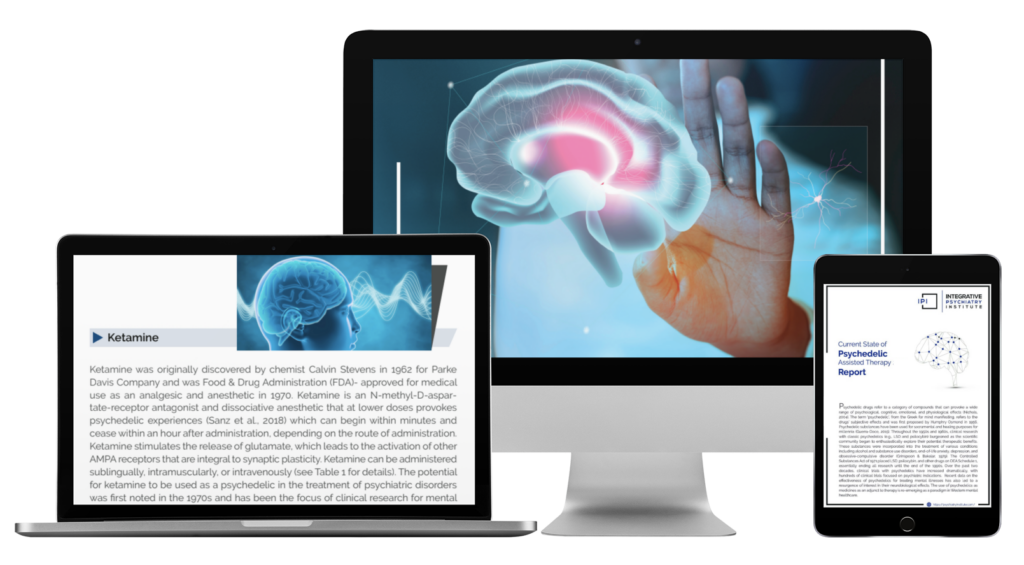We all have habits. We go about our days moving. It’s what we do. It’s how we interact with the world. Often, we don’t think much about it. This has its pros and its cons. By taking a moment to start to observe and experience your movements, you can alter not just your body, but your mind.
Come join us as Jenn Pilotti talks about her Exercise Recommendations for Symptom Clusters.
FULL TRANSCRIPT
We all have habits. We go about our days moving. It’s what we do. It’s how we interact with the world. Often, we don’t think much about it. This has its pros and its cons. By taking a moment to start to observe and experience your movements, you can alter not just your body, but your mind.
Exercise: Definition
Let’s look at how the CDC defines exercise because I think if you can understand the definition of exercise, you might be able to see why so many people are hesitant to do it. It’s defined as a sub category of physical activity that is planned, structured, repetitive, and purposive in the sense that the improvement of one or more components of physical fitness is the objective. How much fun does that sound? Who in the world wants to spend their free time doing that?
Physical activity, on the other hand, is any bodily movement produced by the contraction of skeletal muscle that increases energy expenditure above a basal level. Physical activity generally refers to the subset of physical activity that enhances health.
Health Risk Related to Lack of Exercise
Anxiety, depression, loss of balance, bone fracture, erectile dysfunction, pain, and diverticulitis. And you guys see a lot of those things I suspect in your practices.
Exercise and anxiety disorders
One of the things you’re going to see with anxiety is it’s comorbid. Well, it’s often correlated to balance issues. Anxiety and depression are both often present in fibromyalgia, IBS, lower back pain, headaches, and nerve pain. Anxiety is correlated with hypermobility. Balance is predicated upon your proprioceptive, your visual and your vestibular systems, your proprioceptive system, ligaments. When that is not accurate, that’s going to affect your balance. If you suspect joint hypermobility, find a practitioner, a movement professional in your area that you can at least talk to, to understand how to work with these people. Because it becomes a very much a graded exposure therapy type of approach. If you do too much, too soon, they flare up, they don’t want to come back. So, there’s this balance that you have to create. And that’s really what happens with trying to get people who aren’t generally physically active, when you’re trying to get them more physically active. You’re constantly playing this game. How can I push them a little bit without pushing them too much that they don’t want to come back?
Depression and Mind/Body Interventions
Mind Body intervention. Here’s where the yoga and the Tai Chi and Qi Gong and all of the mind body interventions come in handy. They also come in very, very handy with PTSD.
Mind Body exercise techniques appear to have positive effects on treatments of major depressive disorder. And I am going to speculate that it’s partially due to the learning response that occurs. Again, it becomes interesting. I’m learning about my body; I’m learning a new movement and learning to move my body in a way I’ve never moved it before. Balancing in and of itself is going to be a focused attention exercise. With meditation and with learning, there are two things that show up over and over and over again, the two easiest types of meditation to teach someone are open monitoring and focused attention. Open monitoring means observing yourself without judgment, observing, observing your thoughts without judgment. Focused attention means paying attention to the task at hand. So, a lot of different exercise modalities can be taught in a way that is with a mind body connection.







